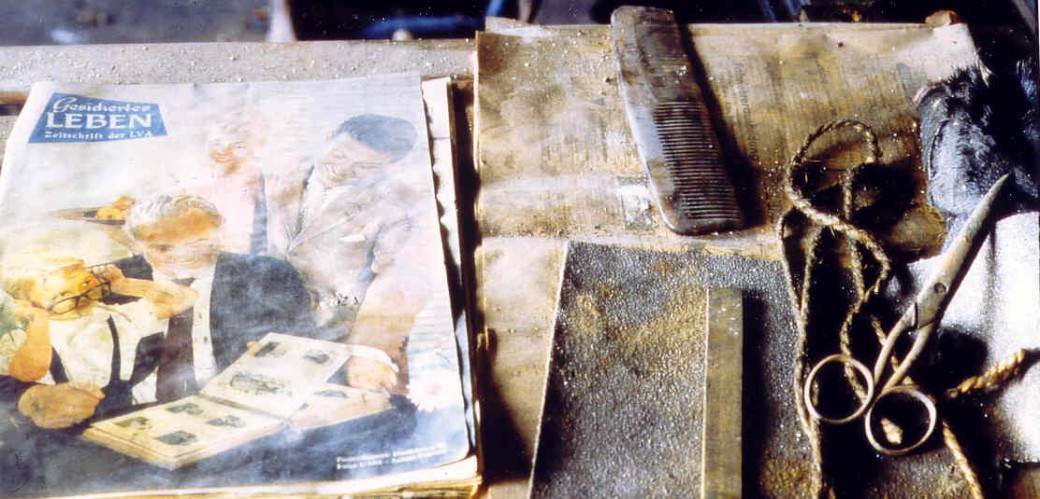

The Tuchfabrik Müller (Cloth Factory) serves as an example for the golden age and for the decline of the woollen cloth industry in the Rhineland. Everything began, however, with the production of paper. The grand production building was constructed in 1801 as a paper manufactory – it was not until 40 years later that it was transformed into a spinning and fulling mill. The first steam engine was added in the 1860s. In 1894 the new company owner Ludwig Müller installed a complete cloth factory which produced long-lasting woollen and loden fabrics. In times of war, large quantities of uniform cloth were produced. During the Kaiserreich, in the Weimar Republic and in the post-war years both civilian and uniform cloth was sold.
At the end of the 1950s the cloth factory – like many other small woollen cloth manufacturers – came under strong pressure from competitors. Italian producers were supplying cheaper goods made of reprocessed wool. Larger companies invested in new machines and could therefore produce cloth more quickly and more cheaply than the Tuchfabrik Müller (Cloth Factory) with its machinery dating from the time around 1900. Therefore the company was forced to close in 1961. Full of hope that the production could be started up again at a later date, the last owner, Kurt Müller, took good care of the factory building and the machinery. The plant fell into oblivion for over 20 years.
In 1988 the Landschaftsverband Rheinland took over the completely preserved factory which had become covered in dust, rust and spiders webs since the last year in operation - 1961. The completely preserved factory cosmos was meticulously documented, sensitively and carefully restored – refurbished for use as a museum. Today the industrial monument numbers amongst the best preserved and best documented historical factories in Germany. The Tuchfabrik Müller (Cloth Factory) was opened in September 2000 as a site of the LVR-Industriemuseum. It was possible to re-activate the most important textile machines and the steam engine and these are now regularly demonstrated in operation.